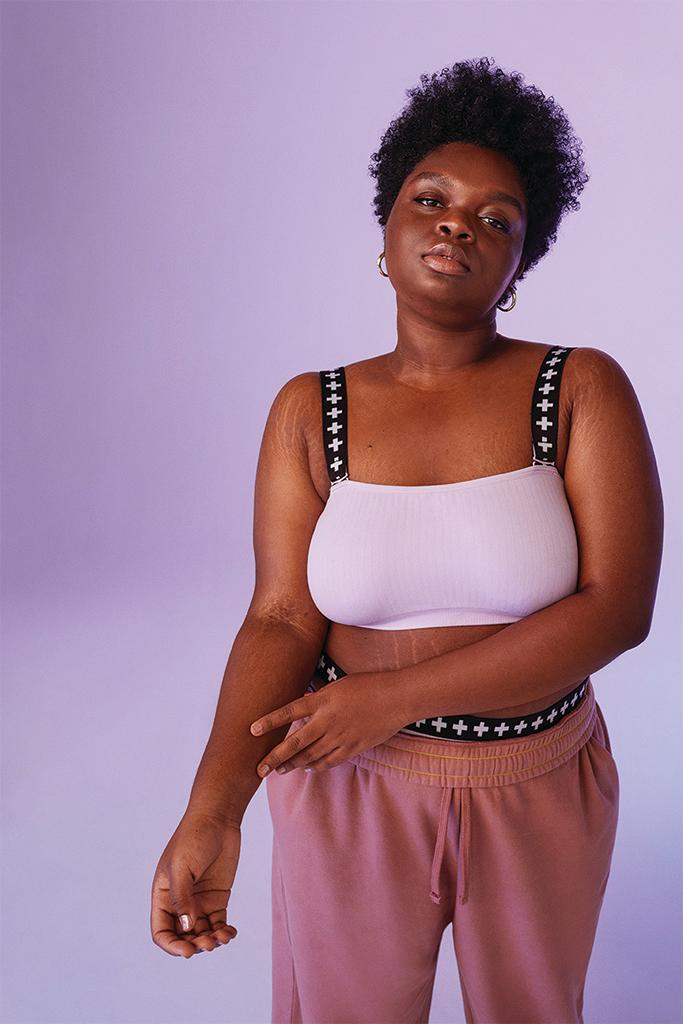How Nordstrom Made its Private Label Brands ‘More Meaningful’

With the world’s changing priorities and lifestyles, the Nordstrom Product Group is doubling down on efforts to stay relevant and in touch with the consumer. “It’s been a moving target,” said Jen Jackson Brown, EVP and president of the Nordstrom Product Group (NPG), young adults and kids.
In the past few years, the retailer has trimmed its brand portfolio from 40 down to 12. “They really needed to have a soul and attract certain customers. Some were just transactional labels. We asked our customers which ones do you have a relationship with, and those we grew. We picked fewer but we made them more meaningful,” Brown said. “We built up the design and fit part of our organization. That’s where we spend most of our focus.”
More from Footwear News
Olivia Kim's Mission at Nordstrom: 'The Ability to Think and Act Like an Independent is Key'
Nordstrom's Tacey Powers on the 'Tremendous' Footwear Community + the Resurgence of Dress Shoes
NPG, which covers apparel and accessories for men, women and kids and home goods, calls its private brand portfolio “Nordstrom Made.” NPG has a team of about 350 people in merchandising, design, development and sourcing, and works with manufacturers in 25 countries. “I like to say we do everything from candy to cashmere,” said Brown.
“Our young adult business has been a big focus for us, in just getting that back on track and catering to the right group,” said Brown, who began her career with Nordstrom as a salesperson in Glendale, Calif., in 1990 and steadily rose up the management ranks. “For the younger millennial, we launched Open Edit in the spring. I’ve actually never seen a brand take off like this before. Now it’s how to scale and grow that.”
NPG’s deep dive into the data, and having conversations with customers to understand all the things they do, “really helped us to get it right, right out of the gate. I think that’s the page I’ll use to launch new brands,” the executive said.
Nordstrom has been evolving its Halogen brand, targeting millennials with “day-to-night essentials” with greater comfort and versatility in light of changing lifestyles and work situations. More trend-driven pieces have been added in recent months. “It’s always been our customers’ go-to brand,”
she said.
The Nordstrom label — Nordstrom Made’s largest brand seen in home, kids’, layette, men’s and accessories — is poised for further growth. “When we get it all the way expanded out, it will be in every category. We are expanding into women’s right now,” Brown said. The label, she added, reflects those pieces in the closet that never have to change: the perfect cashmere sweater, that black cardigan. Other top Nordstrom-owned brands include Zella activewear, which was introduced in 2007 before the athleticwear boom. It’s offered in women’s, men’s and kids’. There’s also BP for young adults, and Treasure & Bond, which donates 2.5% of net sales to charity. “Probably a year and half ago, we said every single brand we have is going to have extended sizes. That was a bold move,” said Brown. “We hired people to help us understand fit for different types of body shapes.”

One of the biggest ideas that came up, Brown said, was wanting to see different people wearing Nordstrom brands, in other words, a more inclusive approach. BP + Wildfang (introduced last spring) was born out of that. It’s an unusual pairing, where Wildfang, a fashion label that challenges stereotypes and gender norms, teamed with Nordstrom Made’s BP brand on a gender-fluid collection including overalls, button-ups, blazers, statement T-shirts and accessories in a body-diverse size range up to 4X.
Henna and Hijabs x Nordstrom, geared for the modern Muslim woman, is another recent launch reaching different audiences. This month, the retailer will debut Nordstrom x Christina Martinez to celebrate Latinx Heritage Month and reach a largely underserved customer. Martinez is a Mexican American artist known for beautiful art prints, which Nordstrom has adapted for apparel and home products. “We are looking for more collaborations and influencers to help us with our impact and inclusivity story,” said Brown.
Nordstrom intends to grow its reliance on private brands, though Brown declined to specify any figures on the business or what percent of the company’s total volume could be presented by private brands. “With our customers changing values, they’re really clear about what they care about. We can make brands and products to cater to all of their needs. And of course, it’s wildly more profitable, and the return rate is much lower than our non-Nordstrom Made brands.”
Still, there is risk in the long lead times required to design and develop private brands, but Brown said, “We have more flexibility than we’ve ever had. While working on Open Edit during COVID-19, our sourcing and development team was working on closer-to-home production systems in our country, Mexico and Guatemala. I see a path forward to increase our closer-to-home production,” Brown said.
Brown cited other Nordstrom Made goals for 2025, among them that 50% of Nordstrom Made products come from sustainably sourced raw materials and ensuring that 15% of the assortment qualifies for Nordstrom’s “sustainable style” program, which makes it easy to shop consciously manufactured products. The company is also shooting for 90% of its products to be factory traceable by 2025 and is on track to achieve that goal ahead of schedule.
Best of Footwear News
Nordstrom's Anniversary Sale Is Now Open to the Public — Shop Our 15 Favorite Shoe Deals
The Brands and Retailers to Support This International Women's Day and Women's History Month
Sign up for FN's Newsletter. For the latest news, follow us on Facebook, Twitter, and Instagram.

